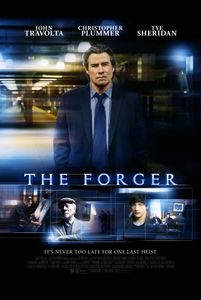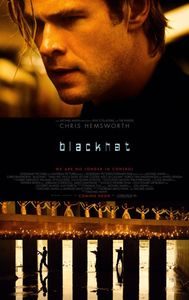Tusk (2014)
(On Cable TV, June 2015) The good thing about today’s movie universe is that it has never been easier for just about any determined filmmaker to grab decent-quality filmmaking equipment and shoot their own movies. This also works for experienced filmmakers, who can indulge their creative urges with smaller projects for specific audiences. Sadly, this is also making it harder to stop projects that maybe shouldn’t have been completed. So it is that Kevin Smith can riff off a ridiculous premise in a podcast and, months later, complete a project based on that rant, about a hapless podcaster being tortured into becoming a walrus for a madman’s own purposes. The wonders of modern filmmaking! Of course, the problem for end-result Tusk is that even though it tries hard to be a comedy/horror hybrid, it’s neither funny nor scary. Just gross and pitiful, with a big side-order of boring. Justin Long is neither good nor bad as the protagonist: while Long-the-actor is naturally likable, his character is obnoxious enough to shut down any nascent sympathy for his fate. Tusk is self-aware enough to have joke casting (such as having Johnny Depp in a supporting role without crediting him, or featuring Depp’s and Smith’s daughters in small roles), but as with most of the film’s characteristics, the final result is slight enough as to make everything seem pointless. If Tusk had been a better film, I would have a few nice things to say about the dialogue, the fractured chronology, some directorial choices or Michael Parks’ performance. But it’s pointless, grotesque and interminable even at 90 minutes. Even the Canadian content left me less than enthusiastic (the badly-translated French doesn’t help). I’m not opposed to dumb midnight-movies, but Tusk is not a good example of the form. And if Kevin Smith’s career is headed in the direction of increasingly-hermetic fan-service goofs, then I’m happy to let him go there and never look again; after all there are plenty of other filmmakers doing far more interesting things with the means at their disposal.














